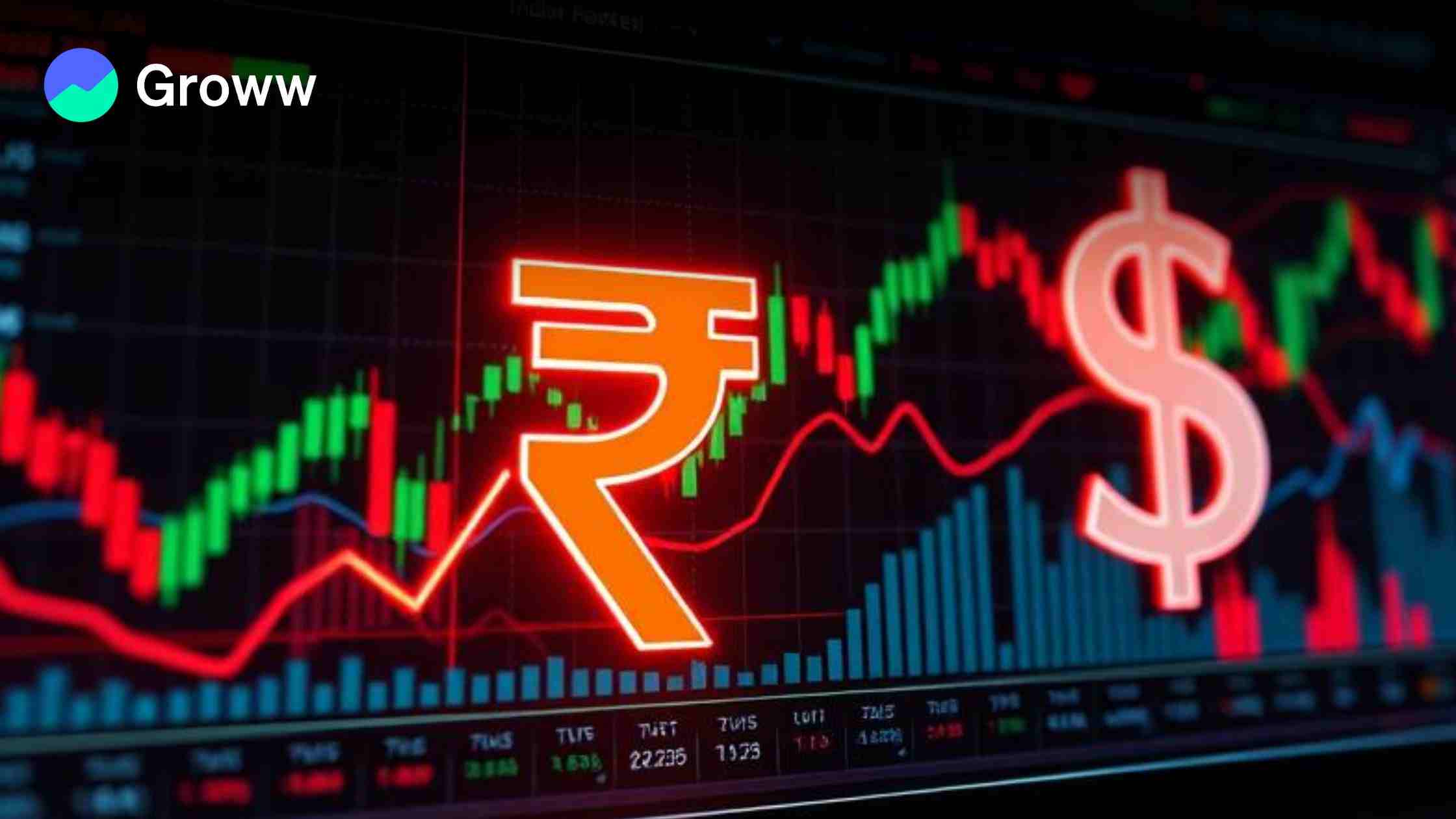Indian Rupee Opens 20 paise weaker at ₹85.91 Amid Rising Dollar and Tariff Concerns

The Indian rupee opened 20 paise weaker at ₹85.91 per US dollar on Thursday as compared to its previous close of ₹85.71 on Wednesday. This decline comes as the dollar strengthened following US President Donald Trump’s announcement of a 25% tariff on auto imports, which has reignited fears of a global trade war.
Key Factors Behind the Rupee Falling
Strengthening Dollar Index: The dollar index, which measures the greenback against a group of major currencies, rose to a three-week high of 104.35, up 0.19%. This increase was catalyzed by Trump’s tariff announcement, which has ushered in a new era of global uncertainty. On the other hand, despite the recent gain, the dollar index is down 3.26% in March, its biggest monthly drop since November 2022.
Crude Oil Prices Remain High: Crude oil prices rose further amid geopolitical tensions and tariff threats. Brent crude was selling at $73.89/barrel (+0.09%), and WTI crude at $69.77/barrel (+0.17%); at the latest in early trade. Rising crude prices also usually lead to a higher import bill for India, thereby increasing pressure on the rupee.
End of Rupee’s Winning Streak: The rupee had recently ended a winning streak of nine days on Tuesday, its best streak since January in 2024. But dollar strength and risk aversion have shifted this dynamic.
Market Sentiment and Professionals’ Perspective
According to Anil Kumar Bhansali, head of treasury at Finrex Treasury Advisors LLP, the rupee is expected to remain range-bound unless clarity emerges from ongoing US tariff negotiations. He noted that adjustments in spot rates due to year-end premiums and falling risk appetite could further influence the currency.
Trump’s tariffs have revived fears of a global trade war, sending ripples through currency markets and spurring fears of inflation, according to Amit Pabari, managing director of CR Forex Advisors. According to Pabari, the rupee-dollar pair will find support near ₹ 85.40-₹ 85.50, while its short term resistance will be around ₹ 86.50.
Investment & Activity by Foreign Institutions
In the wake of uncertainties worldwide, foreign institutional investors (FIIs) continued to act as net buyers in Indian equities today, with net inflows amounting to ₹ 2,240.55 crore. Still, this year, global funds have withdrawn ₹1.27 trillion from domestic stocks.
Outlook for the Rupee
Though India’s economic fundamentals are strong, the rupee is likely to remain under pressure in the immediate term because of external factors such as rising crude oil prices and worsening global trade tensions. Traders will find selling opportunities if the USD-INR pair rises up, according to analysts.
Conclusion
Recent weakness in the Indian rupee reflects these increased global uncertainties following US tariff threats and rising crude oil prices. Though domestic economy indicators continue stable, external factors will likely shape rupee trajectory ahead.
Disclaimer: This news is solely for educational purposes. The securities/investments quoted here are not recommendatory.
To read the RA disclaimer, please click here